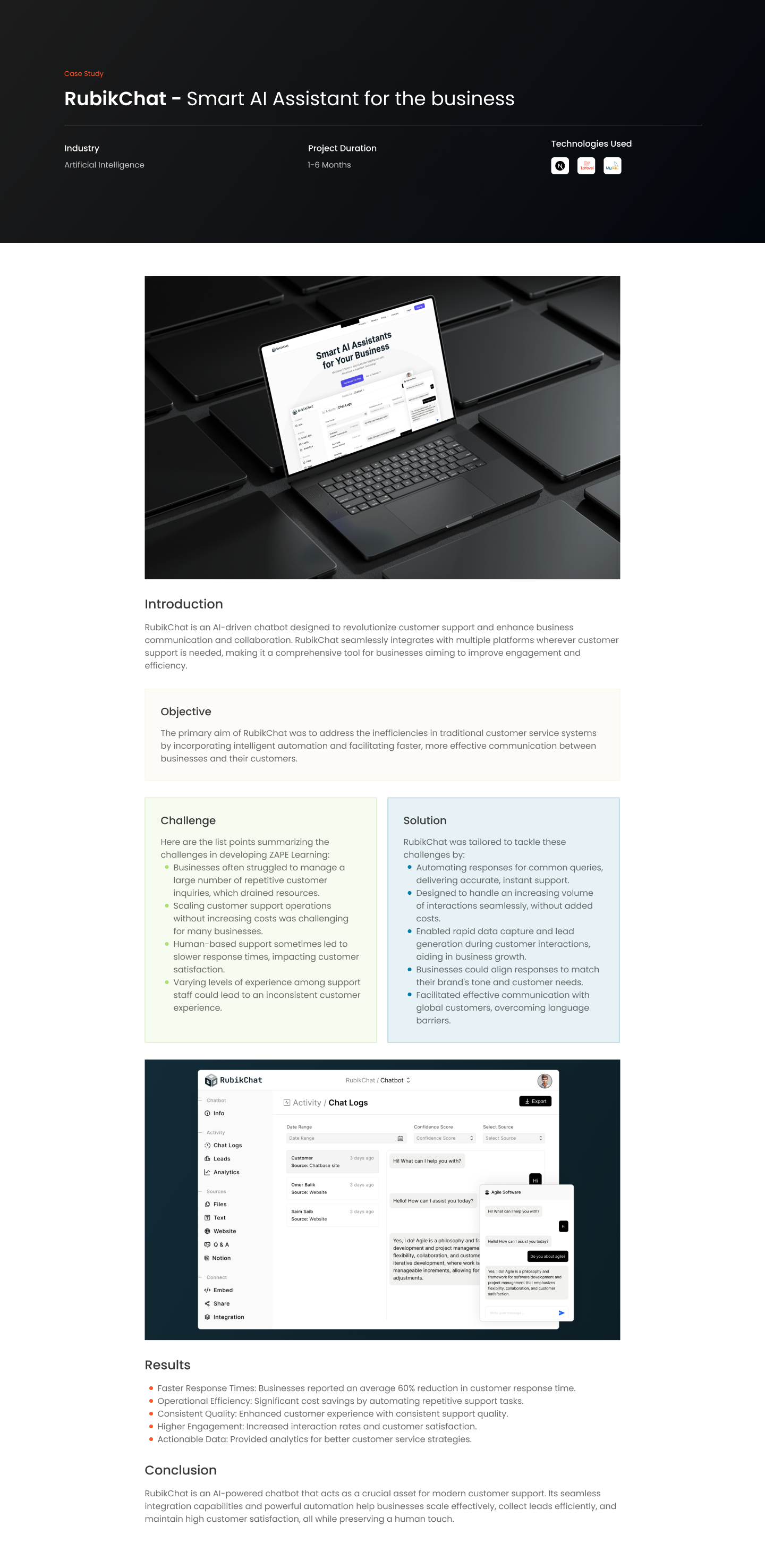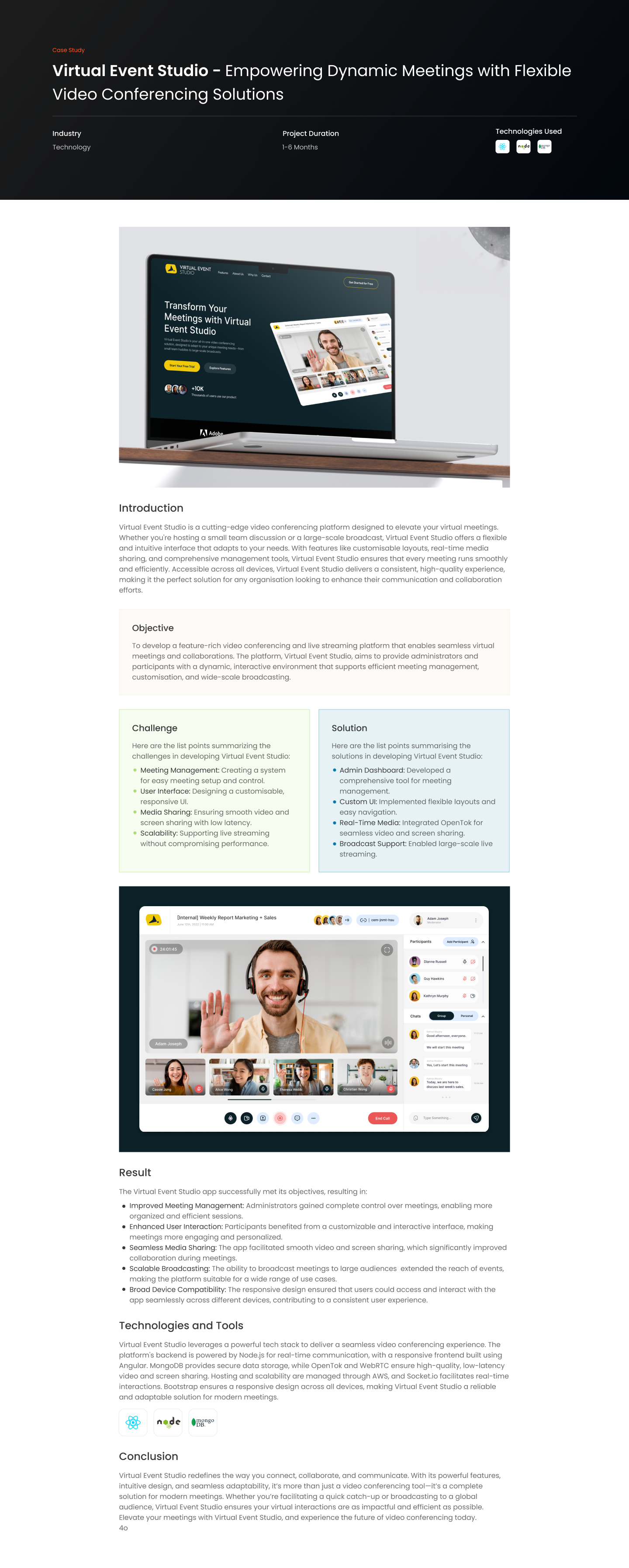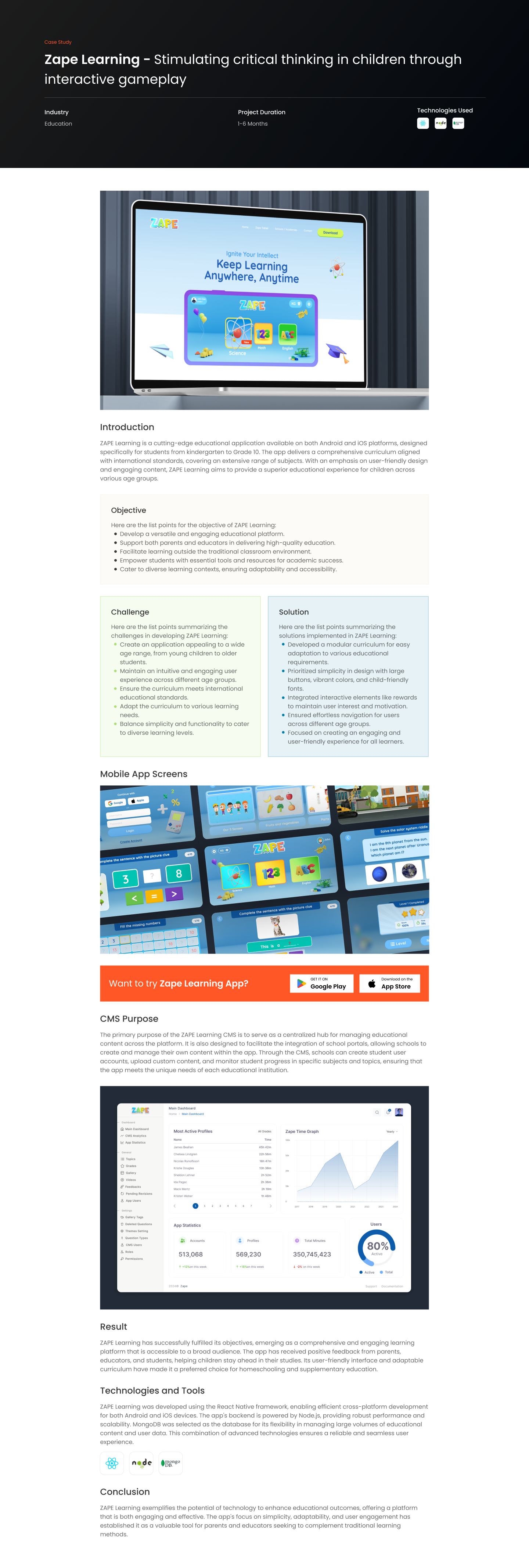In the interconnected realm of digital technology, the ability for software systems to communicate
seamlessly is crucial. RESTful APIs (Application Programming Interfaces) are instrumental in fostering this
communication, offering a standardized and efficient medium for diverse applications to interact over
the Internet. This article explores the essence of RESTful APIs, elucidating their foundational principles
and crucial design elements.
What are RESTful APIs ?
REST, or Representational State Transfer, is an architectural style that outlines constraints for developing
web services. REST operates over HTTP, leveraging HTTP methods to execute CRUD (Create, Read,
Update, Delete) operations on resources, making RESTful APIs simple, scalable, and adaptable.
Example:
Consider a weather application that retrieves weather data from a remote server. The application sends
an HTTP request to a RESTful API hosted on the server, which then responds with the requested weather
data in a standardized format, such as JSON.
Core Principles of RESTful APIs:
- Statelessness: Each API request from a client to a server must contain all the information needed to understand and process the request. The server doesn’t store any client state between requests.
- Client-Server Architecture: The client and server are independent entities that can evolve separately. This separation enhances scalability and portability.
- Uniform Interface:
- Identification of Resources: Resources are uniquely identifiable using URIs.
- Manipulation through Representations: Clients interact with resources via representations, encapsulating the resource’s state (e.g., JSON, XML).
- Self-Descriptive Messages: Each message includes all necessary information for understanding and processing.
- HATEOAS (Hypermedia as the Engine of Application State): Clients navigate the application using hyperlinks provided dynamically within responses.
- Stateless Communication: No client information is stored on the server between requests, improving scalability and reliability.
- Layered System: The architecture allows for additional layers (e.g., load balancers, caching) to enhance security, scalability, and performance.
- Code on Demand (optional): Servers can transmit executable code to extend client functionality, although this is not commonly used.
Designing RESTful APIs: Best Practices
To ensure an API’s intuitiveness, consistency, and developer-friendliness, adhering to the following
design principles is crucial:
1. Consistent Naming Conventions
Adopt uniform naming conventions for URIs, resource types, actions, and methods to maintain clarity.
2. API Versioning:
Version your API to maintain backward compatibility and prevent disruptions to existing clients as the API evolves.
3. Leverage of HTTP Methods:
Utilize appropriate HTTP methods to perform operations on resources, enhancing the clarity and efficiency of API interactions.
4. Error Handling
Develop clear and consistent error handling mechanisms, incorporating HTTP status codes and informative error messages to assist developers in troubleshooting.
5. Pagination and Filtering:
Provide options for pagination and filtering to allow clients to request specific data subsets, optimizing performance and efficiency.
6. Authentication and Authorization:
: Implement robust authentication (e.g., OAuth) and authorization mechanisms to secure API access and define access controls based on roles and
permissions.
7. Use of HTTPS:
Enforce HTTPS usage to secure data transmission between clients and the server, prioritizing data privacy and security.
8. Structured Response Formatting:
Offer well-organized responses in a consistent format to facilitate consumption and integration for developers.
9. Comprehensive Documentation:
Maintain up-to-date and detailed API documentation, covering endpoints, request and response formats, authentication, error handling, and usage examples.
10. Regular Testing and Monitoring:
Continually test the API for functionality, performance, and security, and employ monitoring to detect issues promptly, ensuring a smooth user experience.
Conclusion:
RESTful APIs and their design principles are integral in the contemporary digital ecosystem, enabling
efficient intercommunication between varied software systems. By adhering to these principles and best
practices, developers can create APIs that are robust, maintainable, and user-friendly, propelling the
success of the applications and services built upon them. Developers are encouraged to explore and
implement these principles and best practices in their API development endeavors, utilizing real-world
examples and visual aids to enhance understanding and application











